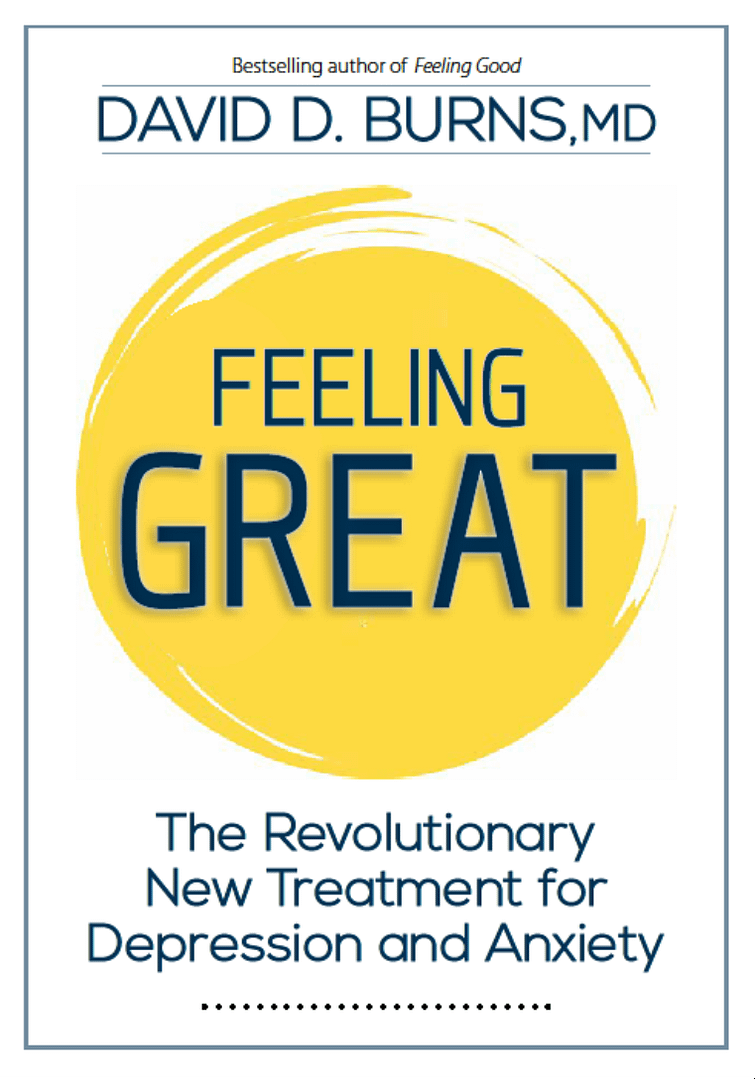Podcast 288: TEAM-CBT for Video Game Addiction, Featuring Adam Holman, LCSW
We are joined today by Adam Holman, who specializes in the treatment of teens and young adults with video game addictions. Adam was drawn to this field by his own 16 hour a day addiction to video games which caused him to fail his first two years of college. Following his recovery, he decided to become a therapist so he could specialize in the treatment of this problem, and the rest, as they say, is history.
He was drawn to TEAM-CBT because of the emphasis on measuring outcomes with every patient at every session, using my Brief Mood Survey and Evaluation of Therapy Session. Prior to that, he said he felt like an “imposter,” and had no evidence that he was actually helping his patients. He explained that his clinical supervisor wasn’t much help, and simply said, “Well, Adam, your clients are coming back, aren’t they?” implying that this meant they were improving and satisfied with the treatment.
Adam explains how he created his own measures first, and then found an online therapist group at Reddit, and heard about the Burns measures, which, he says, “were a gift to me and my clients.” By looking at his feedback, he learned he was “helping” too much and trying to solve problems prematurely, before really “listening” and empathizing with his patients.
He had some tips for the parents of kids with gaming habits. The first is for them to recognize that the addiction is not the problem, but rather the child’s solution to the problems in his or her life. In his own case, for example, he explained that he was struggling with enormous amounts of anxiety, but felt relief when playing video games. Nearly all the kids he’s treated are struggling with depression, anxiety, and relationship problems, and often feel considerably better just by having the chance to talk and have someone show an interest in them.
He said that most of his patients start out with a scowl, arms folded, defiant that someone is going to try to control them or tell them what to do, and they aren’t looking for “help” because, in most cases, their parents bring them to treatment. They are surprised when Adam empathizes and tries to understand their thoughts and feelings. He said most do have issues they want to work on, although it’s not usually their gaming habits. Initially, this can cause conflicts between Adam and the parents, because they think Adam is siding with their children instead of “fixing” them.
He said the paradoxical techniques in TEAM are especially helpful, helping them identify all the really GOOD reasons for their addictions using tools like the Triple Paradox, although this is enormously confusing to the kids at first. They have to list all the positive advantages and benefits of their addictions, plus all really sucky things about quitting, as well as what the addiction / habit shows about them and their core values that’s positive and awesome. They get excited and want to share their lists with their parents.
He completes the Triple Paradox with the Acid Test question: “Why in the world would you want to change, given all of the positives?”
So, Adam’s second tip for parents is to focus on your relationship with your child and not on his or her gaming addiction. Adam teaches parents the Five Secrets of Effective Communication, and they find that the problem usually disappears on its own. However, he agreed that learning to use the Five Secrets skillfully requires a lot of commitment and hard work from the parents. Adam recommends reviewing podcast episodes 65-70 on The Five Secrets to learn more.
Rhonda mentioned that in many cases, the kids are struggling with social anxiety, and Adam mentioned that when they are playing video games with others online, they usually do not feel anxious because they don’t feel judged. Once again, the games are a solution to a problem, fulfilling the need for socialization and connection.
Adam uses the concept of “Sitting with Open Hands” to find out what the kids want to work on, instead of imposing an agenda on them. He described one client who was socially anxious and thought people were “creeped out” by him. Adam asked if he wanted to get over that “right now” and persuaded the young man to go outside where there was a lot of foot traffic and start doing “Smile and hello” practice as well as “Self-Disclosure” to strangers. One of the first people he said this to said he was, in fact, shocked, but added, “You made my day!”
This was a huge relief. The young man began feeling less anxious in social situations. He developed an interest in tennis and felt more
comfortable playing with his peers, and his interest in computer games reduced significantly.
Adam uses the full spectrum of TEAM-CBT techniques in his treatment, including the Devil’s Advocate Technique, Stimulus Control, and more.
Here are some of the tempting thoughts a video gamer might have:
- Common now, it’s okay, everyone plays!
- It’s going to be really fun!
- It’s way more fun than homework!
- Homework is not that important anyway.
- I can do the homework later.
Adam’s third tip is to avoid trying to convince your child to change or to provide solutions for them. He explains that this creates a dynamic where it’s the parents vs. the child and the video game; a battle where neither side wins and both sides end up angry. For more on this topic, Adam would recommend podcast episode 146: When Helping Doesn’t Help.
Related to this, he described a case of a boy with a 12-hour a day habit, and his grades were suffering. The parents had tried everything to try to fight and control his behavior, including hiding all his power cords. Feeling as though this was unfair, he stopped at a garage sale on the way home from school and bought a used Gameboy. Clearly, this type of strategy is not effective.
Then the parents got better at listening, with the help of Adam, and they found success. Instead of restricting access to the games, they worked with their son to strike a balance. Their son developed an interest in skiing and the focus on video games diminished.
Adam’s fourth tip for parents is to try to encourage balance and stand with your kids, working together as a team. For example, you can ask them, “We understand that you enjoy playing games because it’s fun and helps you to relax, and we want you to be able to have fun and relax! What do you think would be a healthy and appropriate use of video games?”
In Summary, here are Adam’s four tips for parents:
- Recognize that the addiction to video games is not the problem, but rather the child’s solution to problems in their lives. There are many good reasons they have likely found to play games ranging from relieving anxiety, to social connection, to simply having fun instead of doing boring homework.
- The best way to support your child is to focus on your relationship with them and not necessarily the video game addiction. The Five Secrets of Effective Communication are a great tool for this.
- Avoid trying to convince your child to change and don’t try to provide solutions for them. While boundaries are important, this creates resistance and his often ineffective.
- Stand alongside your child and work with them to encourage balanced use of video games. This may involve encouraging other hobbies or agreeing on a plan together with regards to how much video game use is healthy and appropriate.
If you would like to contact Adam, you can find his information at mainquestpsychotherapy.com.
We hope you enjoyed this podcast! David & Rhonda
Rhonda Barovsky, LCSW, PsyD practices in Walnut Creek, California, and can be reached at rhonda@feelinggreattherapycenter.com. She is a Level 4 Certified TEAM-CBT therapist and trainer and specializes in the treatment of trauma, anxiety, depression, and relationship problems. Check out her new website: www.feelinggreattherapycenter.com.
You can reach Dr. Burns at david@feelinggood.com.
This is the cover of my new book, Feeling Great.
It’s on sale right now on Amazon, and it’s ridiculously cheap!
The kindle and audio versions are available now too! Check it out!



